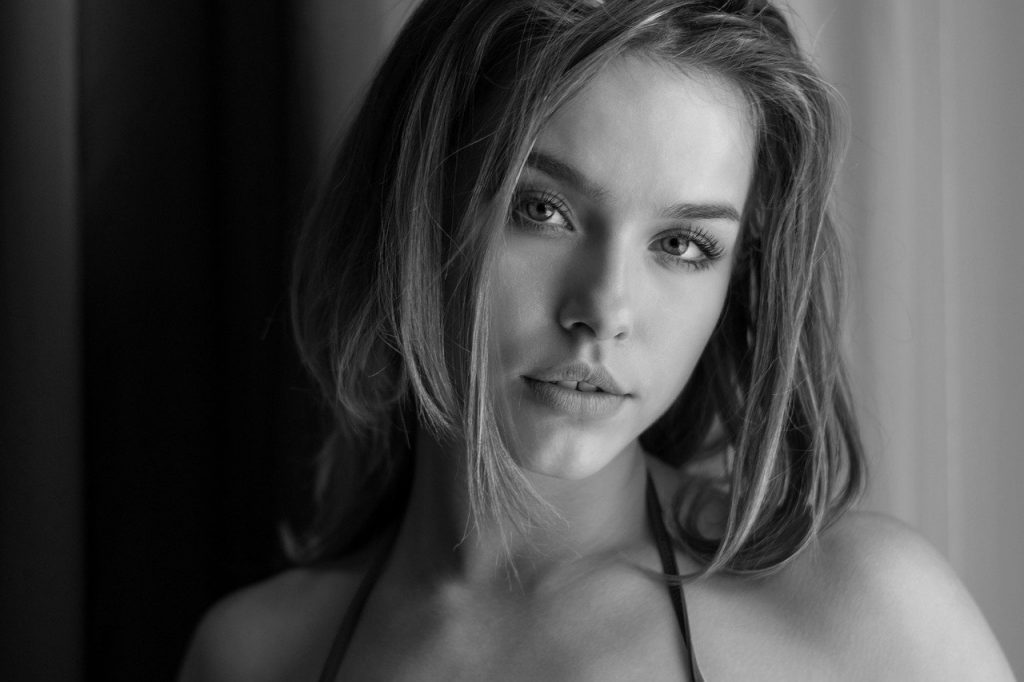“This is what I tell friends and doctors, facialists and nutritionists, make-up counter employees, concerned Instagram commenters, nosy strangers on the street. No, I am not tired. No, I am not sad. I am not hungover or hungry. I don’t have celiac disease, and there is no black mold in my apartment. You might not know it from looking at me, but I like my life.”
Alice Gregory is plagued by dark circles under her eyes. She wrote about her plight recently for Allure magazine. On bad days, she writes, they’re the same color as “fresh bruises.” She’s spent hundreds of dollars on concealers and untold hours applying them. “Some,” she says, “are better than others, but all produce, to various degrees, a creepy, crepe-y grayness that looks worse, in my opinion, than my bare, discolored skin.”
So she set out to find a more effective remedy.

While under-eye circles are partly genetic, a number of external factors, including diet, lifestyle, and allergies can make them worse. As can aging. As we get older, the fat pads all across our face get smaller and move down. It’s particularly noticeable under the eyes because the skin around the eyes is the thinnest on the body.
Which is to say that under-eye circles are one of the earliest signs of aging.
At only 31, Alice had already noticed that her under-eye circles had worsened over the last few years. The effect, she was told by a dermatologist, was being heightened because brownish splotches, AKA hyperpigmentation, had also formed around her eyes, caused in part by eczema.
Alice was presented with a few different options that could potentially improve her circles. Platelet-rich plasma injections—blood is extracted from the patient, spun in a centrifuge to increase its platelet concentration, then injected into the targeted part of the body—and microneedling would boost collagen production, which would thicken the skin under her eyes enough that fewer blue blood vessels could show through.
The most effective approach would be blepharoplasty, or eyelid surgery. For those who have protruding fat pads under their eyes, like Alice, the fat can be redistributed in the lower eyelids to eliminate puffiness or bulges. In the process, the surgeon may also make adjustments to correct special issues, like muscle laxity.
Alice opted for a less-invasive approach: a hyaluronic acid filler, like Restylane-L or Juvéderm Vollure, “robust enough to lift but soft enough to be used in a delicate area,” as her doctor describes them. The results would last about a year.
“My three most attentive female friends confirmed I looked a lot better, but only after I reported what I had done to myself; my husband didn’t notice anything at all, which, when I think about it, is exactly the reaction I had wanted but not articulated,” Alice writes. “The dark circles are still there—let’s not kid ourselves. But they’re less the result of ever-worsening facial cavities and due more to hyperpigmentation, which is slowly improving. I now look a little tired rather than agonized.”